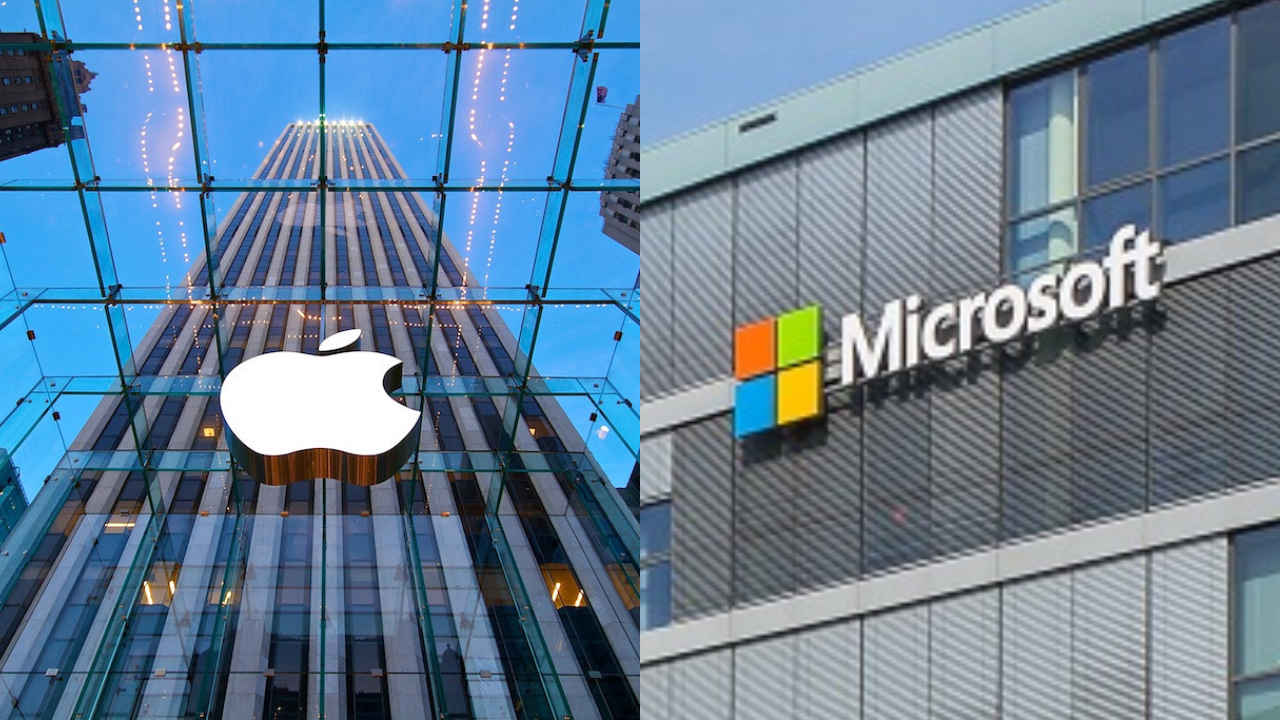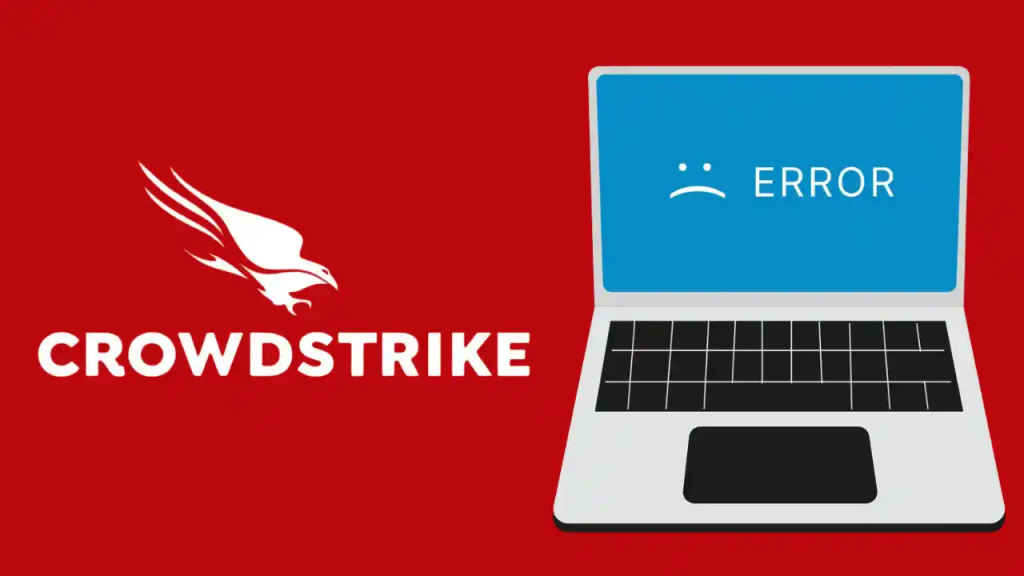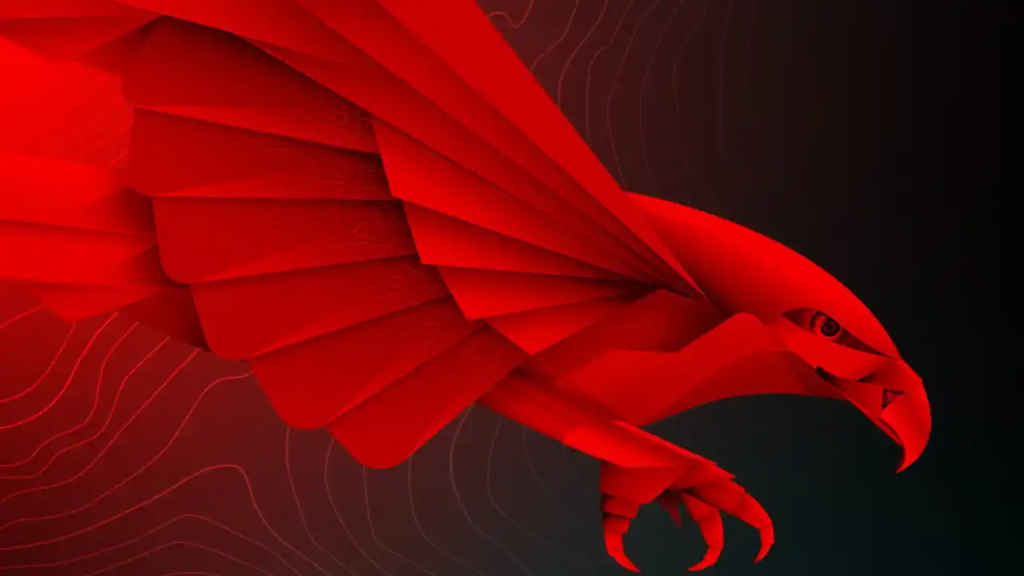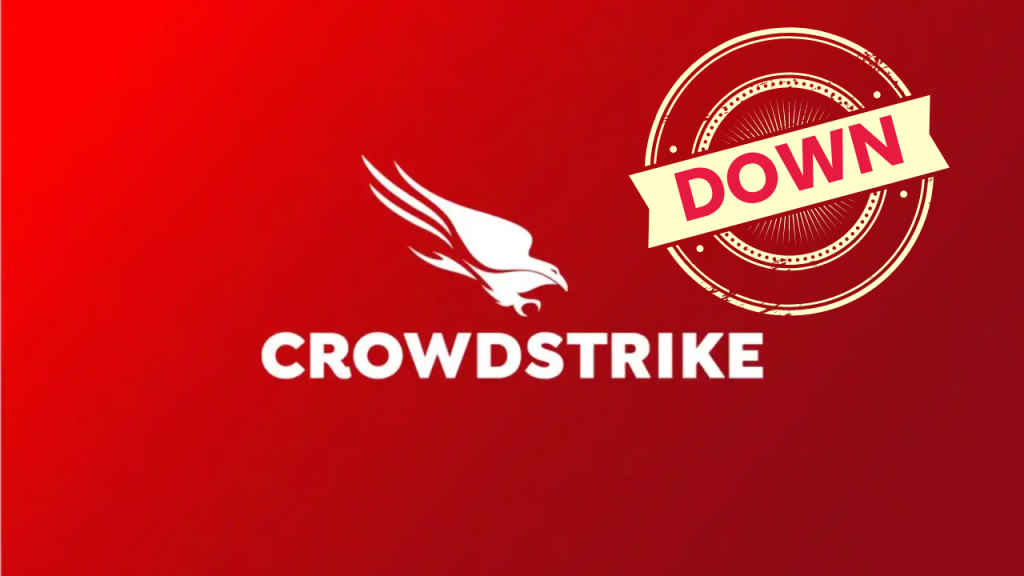Apple 1, Microsoft 0: Why Mac devices weren’t affected during CrowdStrike-Windows outage
On Friday, July 19, a significant CrowdStrike issue disrupted 8.5 million Windows computers, causing widespread chaos.
While Windows users faced immense challenges, Mac users remained blissfully unaffected.
This article delves into what went wrong with CrowdStrike and why Mac devices managed to stay unaffected.

On Friday, July 19, a significant CrowdStrike issue disrupted 8.5 million Windows computers, causing widespread chaos. This faulty update in CrowdStrike’s Falcon system, designed to prevent cyberattacks, led to millions of Windows PCs and servers being caught in a boot loop, severely affecting various businesses and individuals.
 Survey
SurveyWhile Windows users faced immense challenges, Mac users remained blissfully unaffected, highlighting the strength of Apple’s closed ecosystem. This article delves into what went wrong with CrowdStrike and why Mac devices managed to stay unaffected.
Also read: CrowdStrike warns about these phishing and fraud attempts following global outage

The CrowdStrike Crisis
The CrowdStrike outage stemmed from a faulty update in its Falcon system. This buggy update resulted in millions of Windows PCs and servers getting trapped in a boot loop, causing chaos for businesses and individuals alike. Notably, British Airways experienced minimal disruption, while other airlines faced thousands of cancelled flights over the weekend.
“Friday’s outage was caused by a buggy update sent to corporate clients by CrowdStrike, one of hundreds of cybersecurity firms that have built a business promising to make Windows more secure. Microsoft has its own competing product, called Windows Defender,” according to the Wall Street Journal (via Forbes).

The Mac Advantage
So, why were Mac users unaffected? The answer lies in Apple’s walled garden. This closed ecosystem is often criticised, but it proved advantageous in this instance. Amit Yoran, CEO of cybersecurity firm Tenable, highlighted this, stating that because of this closed ecosystem, Apple has a “much healthier balance between forcing people to upgrade, forcing applications to maintain good security practices, or they pull them off of the App Store.”
Apple’s MacOS does not grant kernel-level access to third-party developers, a policy implemented in 2020. This restriction means that software cannot interact with the operating system at a deep level, preventing catastrophic failures like the one experienced by Windows users. Patrick Wardle, CEO of Mac security maker DoubleYou, noted, “What it meant was that a lot of third-party developers, ourselves included, had to rewrite our security software.”
Also read: Latest CrowdStrike update: Microsoft down, airlines affected, banks shut – Story so far

Why Microsoft Was Vulnerable
The situation begs the question: why doesn’t Microsoft adopt a similar approach? The answer lies in historical regulatory decisions. In the early 2000s, the European Commission raised concerns about Microsoft’s dominance, particularly how its popular Windows software could give it an unfair advantage in other areas like web browsers. As part of a 2009 agreement, Microsoft allowed security software makers the same level of access to Windows that Microsoft had.
A Microsoft spokesperson explained that in 2009, Microsoft “agreed it would give makers of security software the same level of access to Windows that Microsoft gets,” effectively pointing some blame at the EU regulations.
Final Thoughts
While the Mac is not immune to all bugs and attacks, it escaped the recent CrowdStrike crisis due to Apple’s security measures and closed ecosystem.
Ayushi Jain
Ayushi works as Chief Copy Editor at Digit, covering everything from breaking tech news to in-depth smartphone reviews. Prior to Digit, she was part of the editorial team at IANS. View Full Profile